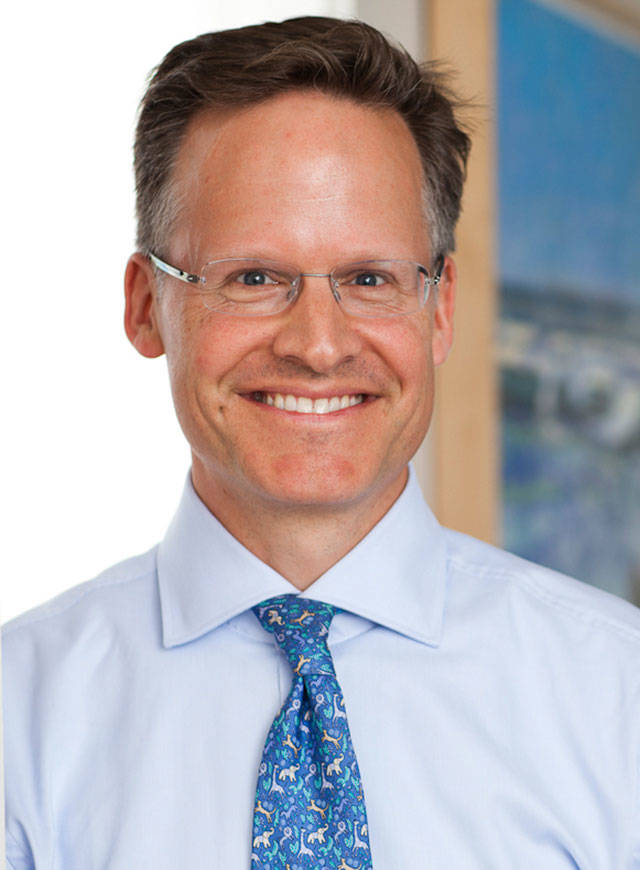By SCOTT BENNER
In attempting to cover the story of Kay White’s 2008 trust, Liz Shepherd’s article did not cover the longevity risk associated with the trust or the financial cost of eliminating that risk and thus did not offer the proper perspective in which the trust should have been seen all along (“Arts center answers a $6 million question,” June 20). In the interest of public understanding, I offer the following:
1. Kay White’s 2008 trust had three big risks associated with it: longevity, that is, the length of her remaining life, exposure to stocks and exposure to oil. The article mentioned only the stock and oil risks, but the longevity risk was the most disabling. The volatility of outcomes on the remaining life of a 93-year-old are enormous. Most die within a few years, but many live much longer, making the ultimate cost of such a person’s annuity highly uncertain. Insurance companies can handle these risks by selling lots of annuities, but even they didn’t like the risk profile of Kay’s trust annuity (they prefer younger annuitants); among nearly a dozen companies contacted, only two would bid on the annuity, and neither was willing to accept the entire amount (it was split between two of them). Imagine how unprepared a small nonprofit is to handle one such annuity; it has no opportunity to spread risk among a pool of annuitants.
2. Diversification could only help to a limited degree. Even a balanced portfolio of 50 percent stocks and 50 percent bonds would have suffered significantly in a repeat of recent market declines. And with Kay’s 7 percent annuity rate, climbing out of that hole would have been slow. Given the needs of VCA to understand and quantify its resources as clearly as possible, we needed to reduce this risk as much as we could.
3. We first tried asking Kay’s California-based trustee and investment advisor to diversify the portfolio, but they were not responsive. California legal counsel (it was a California trust), who knew the trust company by reputation, was not optimistic about getting the trustee to diversify. I kept my remarks about the trustee and advisor off the record in my interview with Liz, but share them now in the interest of public understanding of VCA’s reluctance to talk about the problems with the trust. Kay’s Vashon advisers worked tirelessly and scrupulously to protect her interests, even while seeking to accommodate VCA. Public discussion of these aspects of the trust might unfairly cast a cloud over them or Kay, and we wanted nothing of the sort.
4. VCA’s trouble handling the risks of the 2008 trust was not unique. In our work on the trust, we talked to other experienced development officers and found a group of specialists around the country that help nonprofit organizations dissolve charitable annuities and remainder trusts to deal with longevity and other risks.
5. The somewhat less than $4 million that came to VCA after the expenditure of more than $2 million for Kay’s replacement annuities is a fair reflection of the true “present value” of the trust all along, notwithstanding that the organization’s auditors valued it higher under technical accounting rules and a buoyant stock market had kept the current value up. This is an example of what I meant by “the whole community” (including VCA) struggling with the complexity of the financing. This $4 million figure ought to be compared to the approximately $3 million of resources that the board forecast VCA would have following construction and repayment of bridge financing. Given the decision to reduce risk by going with a smaller loan (and without the need for greater assets to service a bigger loan), we felt good about using the 2008 trust early and relying on other assets for sustainability.
6. This approach also reflected the reality that the 2008 structure was going to end in any event with Kay’s death and the trust corpus mixed with the other assets donated to build and sustain the center. That might have happened before construction, but thankfully didn’t, allowing our great patron to see the realization of her dream. The important point was to do our best to deliver the building and have sufficient resources thereafter to support what we built.
7. The financial needs of VCA to support the increased cost of maintaining its enlarged campus and the new programming it allows must not be confused with the support necessary to maintain Vashon Allied Arts’ traditional operations. The talk of “endowment” was always to support the former (which I think has been accomplished), not to relieve all of us from supporting VAA as we always had, as well as the obligation of the organization to take a clear eye to its operations in order to maintain its sustainability. With a year of missteps now behind it, and with the generous support of the community as shown in recent weeks, I’m confident that VCA will continue to play its indispensable role in the way all of us as islanders experience the arts.
— Scott Benner is a partner in a financial planning firm and an attorney. He was a VAA trustee and finance committee member from January 2013 through June 2017 and treasurer for part of that time.



